New York’s Cooper Hewitt museum to reopen following “transformation”
New York’s Cooper Hewitt museum is set to reopen following a “transformation” of its interior space and a rebrand by Pentagram partner Eddie Opara.
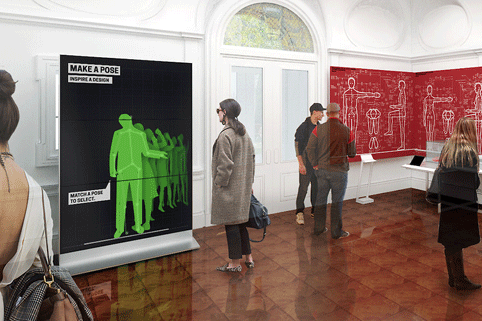
The design museum is set to reopen on 12 December following a $91 million (£54 million) redesign and renovation project which began in 2008. The museum closed to the public in 2011 so that the work could progress.
Cooper Hewitt says the redesign is giving it 60 per cent more gallery space to present both permanent and temporary exhibitions.
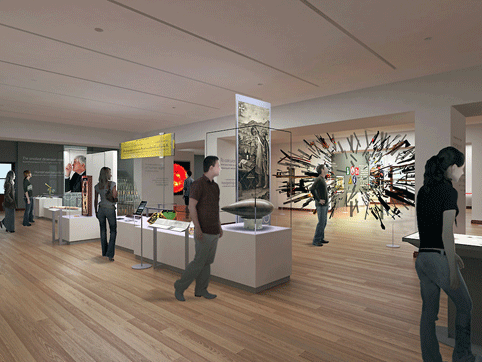
The closure and refurbishment has also allowed it to develop a strategy to “redefine today’s museum experience”. This includes the development of an interactive “pen” that allows visitors to record and share elements of their visit, and an interactive “immersion room” that showcases the museum’s collection of wall coverings.
Cooper Hewitt is housed in the Andrew Carnegie Mansion in New York, which was built in 1903. The building’s refurbishment was led by Gluckman Mayner Architects, which worked with executive architect Beyer Blinder Bell Architects & Planners and Hood Design.
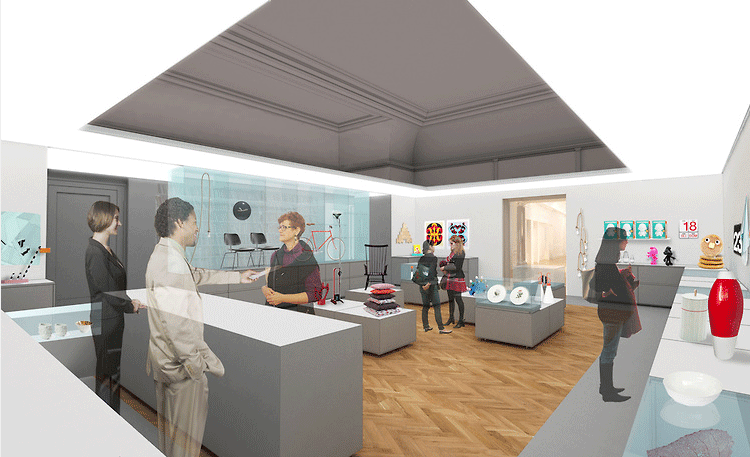
Diller Scofidio + Renfro designed the new Cooper Hewitt shop and also developed casework and the first layout of the movable display cases for the first- and second-floor galleries.
DSR also worked on the design of the new interactive visitor “pen”, alongside consultancy Local Projects.
The two studios were briefed by Cooper Hewitt to come up with a “visitor technology that emphasised play and spoke to the specificities of a design museum”.

Visitors will be loaned a pen at the start of their tour of Cooper Hewitt. They can use it to store information about particular exhibits they are interested in, which are read using NFC technology. The pen can be used to save and share items online.
The pen can then be used in conjunction with interactive screens on tables designed by Ideum. Using the tables, Cooper Hewitt says visitors can “explore and manipulate the objects they have collected, discover related objects in Cooper Hewitt’s collection, retrieve contextual information, learn more about designers, design processes and materials, watch and share videos and event sketch their own designs”.

The pen has been developed as an adaptation of the Sistelneworks vWand, a device developed by a Spanish company as an inventory control device in healthcare.
The pen can also be used in the new interactive Immersion Room – formerly Margaret Carnegie’s bedroom – which has been redesigned as a space to showcase Cooper Hewitt’s collection of wall coverings.
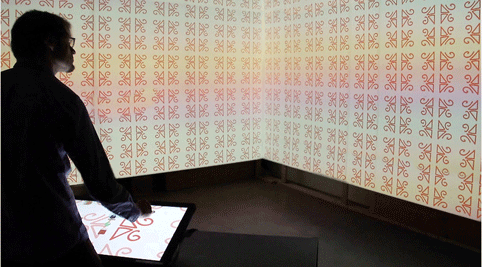
The Immersion Room has been designed by Local Projects as a space that allows visitors to use their pen to select digital images of wallpapers – or draw their own – and then project them on to walls at full scale.
A selection of the wallpapers will be accompanied by audio clips, which will give visitors additional information about a particular design or designer.
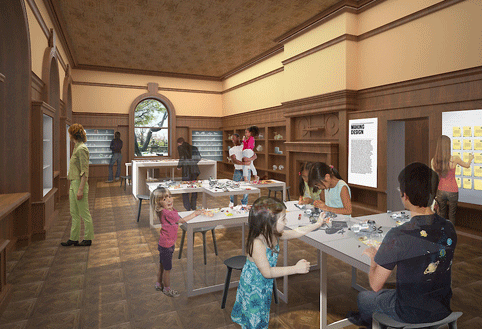
Elsewhere in the museum, the new Process Lab features a series of interactive installations including the Prototyping with Light making station designed by Lindsey Adelman Studio, which lets users adjust the effects of light using a selection of pre-cut materials.
The Design it Better interactive table lets visitors propose new design features for everyday objects such as drinking fountains and shopping carts, while the Getting Ideas section lets people invent new products by merging features of objects they are carrying with them, such as keys and pens.
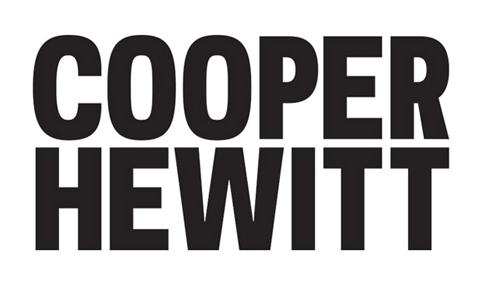
The refurbished museum is launching with a new identity, created by Eddie Opara at Pentagram. Fellow Pentagram partner Michael Gericke has created the signage and wayfinding for museum, which will go into use when it reopens.
Cooper Hewitt is also releasing the digital files that will allow people to download and 3D print their own model of the 1903 Carnegie Mansion, with all 64 rooms. The digital files can be downloaded here.
-
Post a comment




